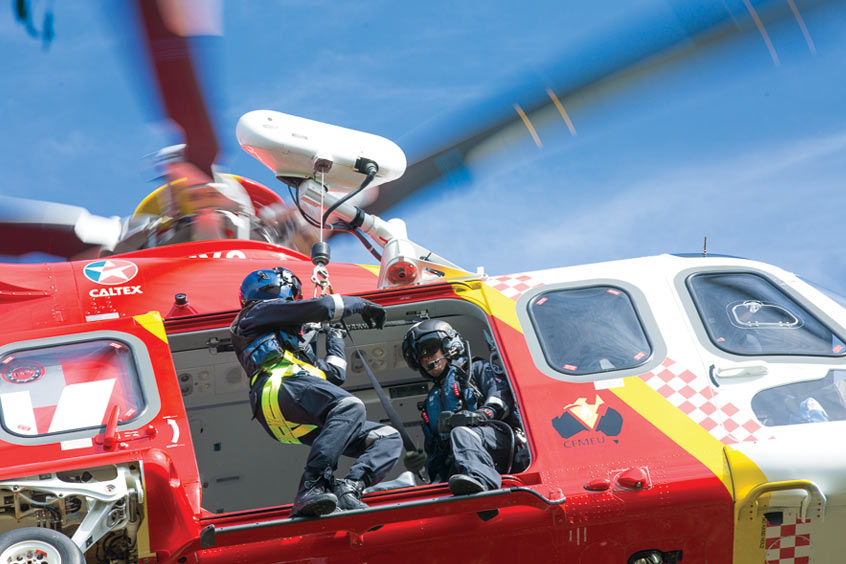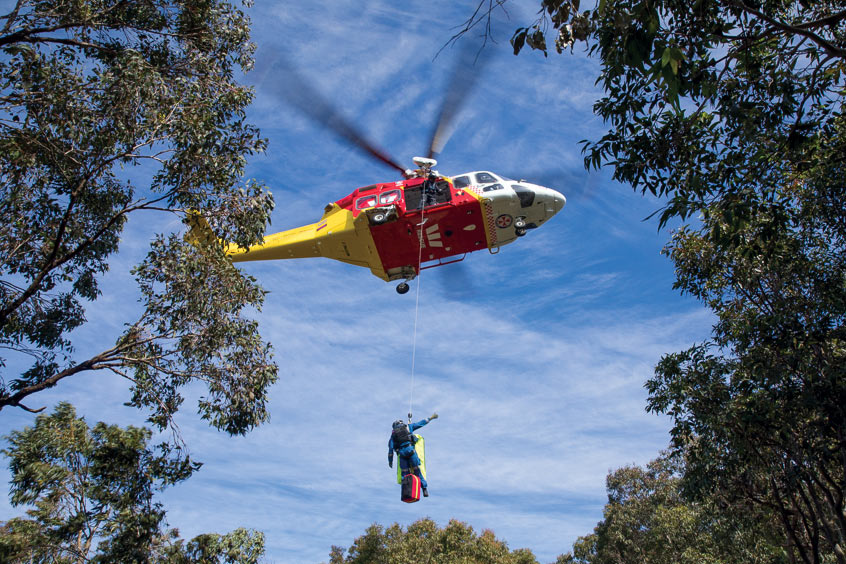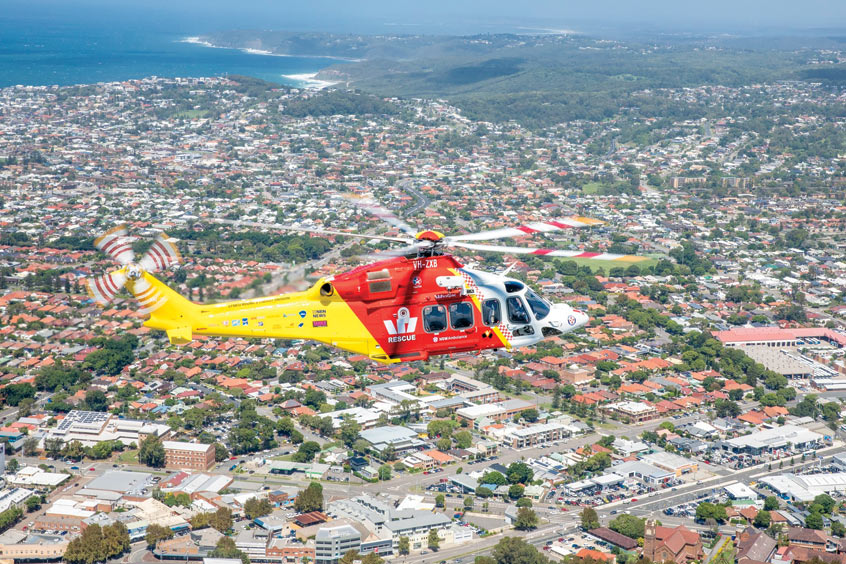ACE 2026 - The home of global charter.
 The bimonthly news publication for aviation professionals.
The bimonthly news publication for aviation professionals.





Australia’s Westpac Rescue Helicopter Service in northern New South Wales has seen a change in the nature of accidents in light of restrictions in place because of COVID-19. “We initially saw a decline in the number of accidents. There were fewer car accidents and fewer recreational holiday accidents,” says Westpac CEO Richard Jones.
He goes on to say that, after the initial decline, the number of accidents increased to earlier levels, but there was a change in the nature of accidents. “We saw more domestic household accidents as well as farm accidents, as people in country towns and surrounding rural areas were confined to their homes,” Jones continues, referring to the stay-at-home orders in parts of NSW due to the COVID-19 pandemic.
Westpac is most well-known for its sea rescues, but nowadays more of its flights are inland and involve transferring people to hospitals for emergency medical treatment. Northern NSW’s three major hospitals are in Tamworth, Lismore and Newcastle, where the helicopter service is headquartered. It operates a fleet of four Pratt & Whitney Canada-powered Leonardo AW139 helicopters. NSW is a large state of 801,000 sq km – larger than France, Switzerland, Belgium and the Netherlands combined. The vast distances within the state means it is impractical to use road transportation to get critical care patients to major hospitals.
Jones explains: “95 per cent of the population of NSW lives within a one-hour flight time of a major hospital trauma centre. Some of the small towns may only have two ambulances, so if you take one of those to drive two hours to a major hospital and two hours back, then it diminishes emergency services tremendously.”
Jones says the benefit that a helicopter offers, such as the AW139, is the flexibility it provides to land on farms, the side of a road and other places that are inaccessible to fixed-wing aircraft. The helicopter can also arrive at the scene quickly, provide the patient with a smooth ride to hospital and then upon arrival, land at the hospital.
Each Westpac rescue helicopter has a critical care paramedic from the NSW Ambulance Service and a doctor from NSW Health service. Equipment on board includes vital signs monitors, defibrillators, airways management system and surgical kits. The Westpac Rescue Helicopter Service works 24 hours a day, seven days a week on rotating shifts.